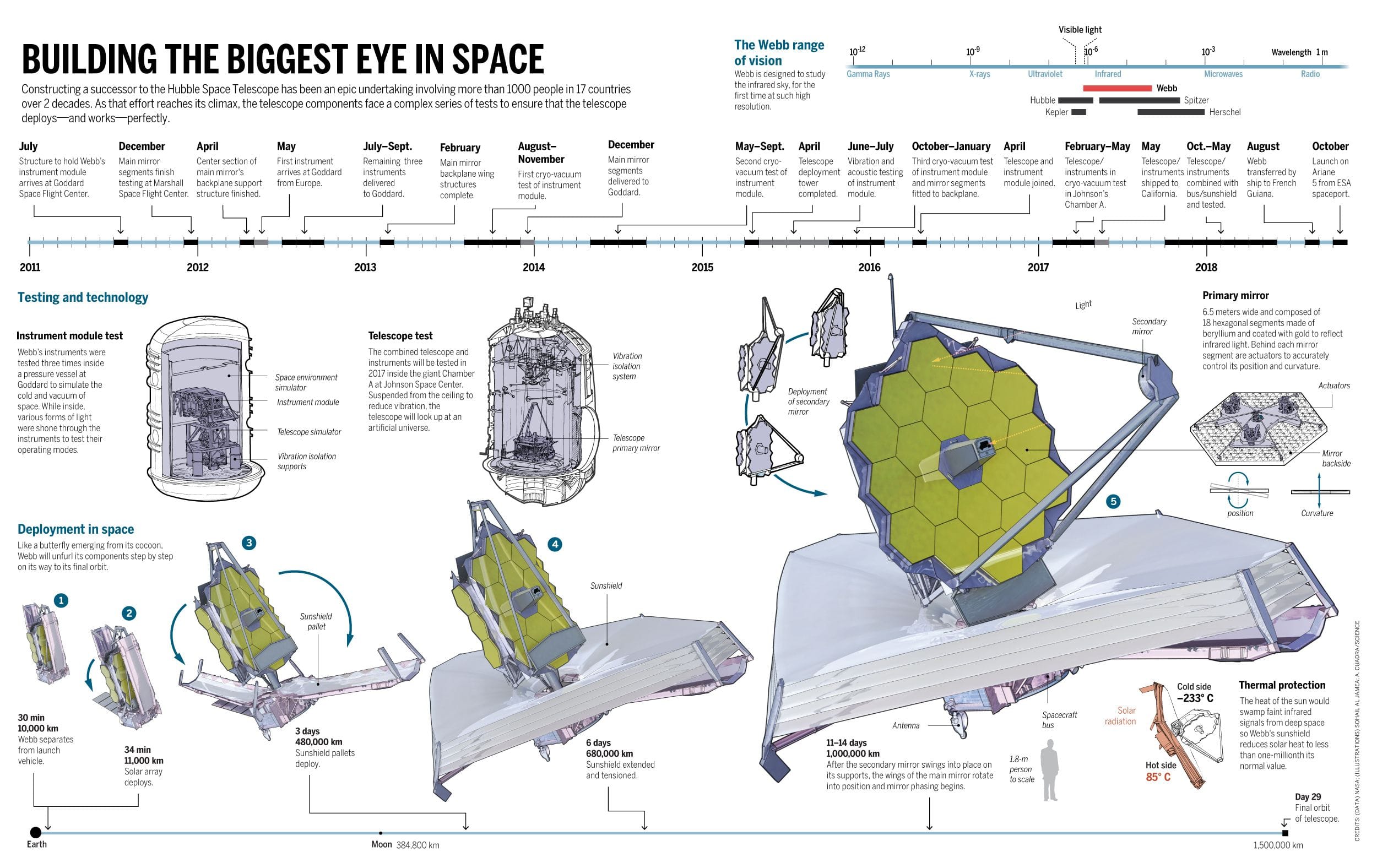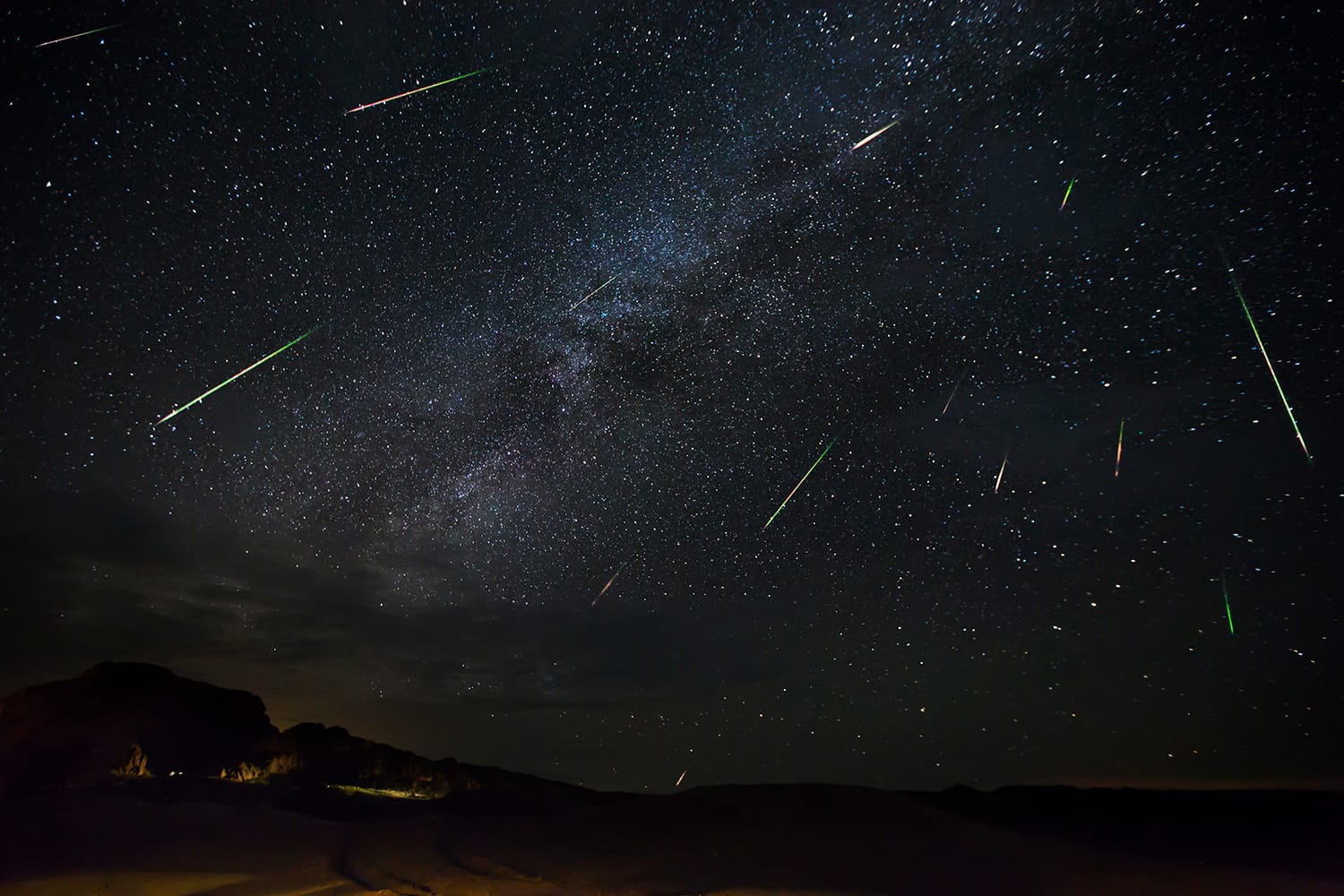NASA has announced a critical mission involving the James Webb Space Telescope (JWST) to track and analyze a recently discovered asteroid, labeled 2024 YR4. Identified as potentially hazardous, this near-Earth asteroid has drawn significant attention from scientists and policymakers alike due to its small-but-concerning chance of a collision with Earth. NASA plans to use the advanced observational capabilities of the JWST to precisely determine the asteroid’s characteristics and its future trajectory, ensuring a robust planetary defense plan.
Asteroid 2024 YR4 is currently estimated to be about 130-300 feet in diameter—relatively small in astronomical terms, yet sizable enough to cause damage upon impact. Initial calculations estimate a 2.1% chance of hitting Earth on December 22, 2032. While this probability is still considered low, any potential collision with an asteroid of this size warrants meticulous observation and analysis. Asteroids have caused significant geological and biological disruptions in Earth’s history, and even a smaller one could have far-reaching effects if it were to strike a densely populated area.
The James Webb Space Telescope, with its unparalleled infrared imaging capabilities, was chosen to monitor the asteroid primarily because of its ability to make observations far beyond the limitations of Earth-bound telescopes. Traditional ground telescopes often struggle to maintain visual contact with celestial objects like asteroids as they orbit the Sun or move into positions obscured by Earth’s atmosphere or curvature. JWST, placed in a position at the second Lagrange point (L2) nearly one million miles away from Earth, has unrestricted visibility and an ideal observation platform to track the asteroid’s movement across the solar system.
NASA began monitoring asteroid 2024 YR4 with Earth-based telescopes earlier this year. Early findings suggested that its orbit brought it closer to Earth than initially believed. This prompted the decision to observe the asteroid further using the Webb telescope. By activating this next-level initiative, scientists aim to refine measurements of the asteroid’s size, trajectory, and composition. Every detail gathered from these observations contributes to calculating whether and how it poses a threat, as well as potential strategies for deflecting or mitigating any impact should the need arise.
Planetary defense experts are collaborating closely with their counterparts across the globe to determine how to respond to near-Earth objects posing similar risks. Several advanced models are being used to predict the asteroid’s course hundreds of years into the future, but the limited observational data available for asteroid 2024 YR4 has made predictions less reliable. This lack of certainty is where JWST’s data collection is expected to make a transformational difference.
The James Webb Space Telescope provides an innovative way to observe asteroids by detecting faint heat signals emitted from their surfaces. This attribute makes it easier to accurately estimate an asteroid’s size and rotational behavior, data that are essential for understanding how solar radiation or gravitational interactions may alter its trajectory. The telescope’s observations could resolve whether minor celestial phenomena, such as the Yarkovsky effect (where uneven heating causes a small shift in an asteroid’s path), might significantly influence the asteroid’s orbit over time.
NASA is carefully timing this research, especially considering that asteroid 2024 YR4 will only be briefly visible in 2025 before entering a period of obscurity. Ground-based telescopes will track it until April 2025, after which point the Webb Telescope will step in to cover blind spots during the asteroid’s sporadic visibility intervals. The joint operation between terrestrial and orbital observatories illustrates the increasing sophistication of current planetary defense strategies.
While the prospect of an asteroid impacting Earth naturally stokes fears, researchers caution that continued monitoring and collaboration remain the best tools to address the risk, given the small probability of such events in general. Scientists have likened the odds of asteroid 2024 YR4 hitting Earth to the chances of getting struck by lightning on a clear day—unlikely but not impossible. By deploying the Webb Telescope in this dual capacity as both a scientific and safety tool, NASA underscores its proactive role in improving planetary security for humanity’s long-term survival.
Beyond immediate considerations of asteroid 2024 YR4, the mission also underscores JWST’s versatility as an instrument capable of revolutionary discoveries. Designed primarily to study distant galaxies and stars, the telescope is showing its value in serving Earth-based needs in a way the scientific community could only theorize before its launch. Subsequent data from JWST’s asteroid-tracking mission could also strengthen predictions for other asteroids and their potential threats, feeding into a shared global resource for planetary defense initiatives.
As of now, the public awaits further updates from NASA on the monitoring progress of this asteroid. The mission demands precision, long-term data collection, and international scientific cooperation, all of which hinge on the success of Webb’s unprecedented deployment for this task. Ultimately, the mission will provide humanity with not only clearer insights into asteroid 2024 YR4 but also a strengthened framework for averting potential asteroid-related emergencies in the future.



